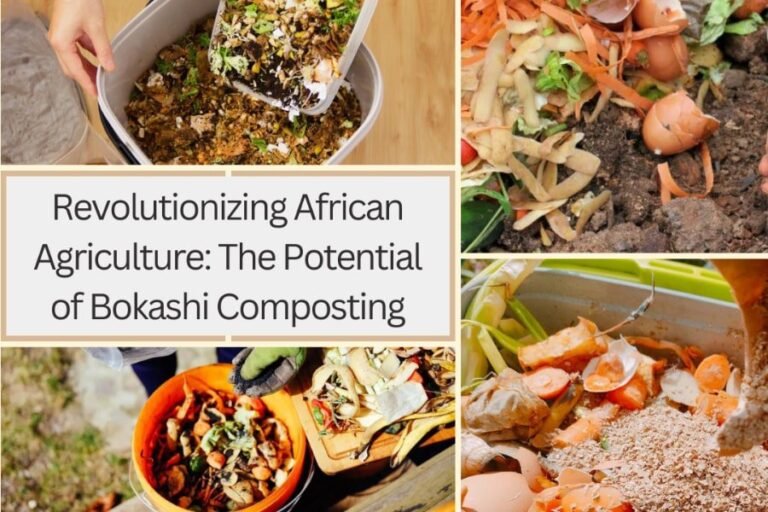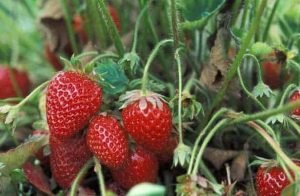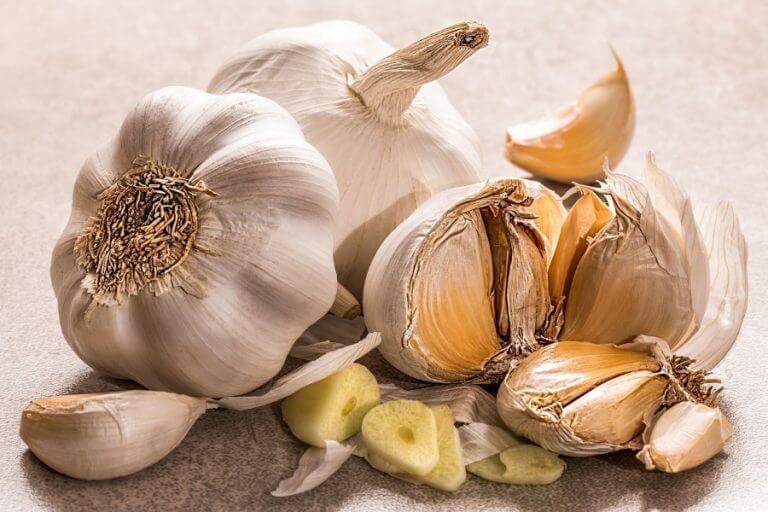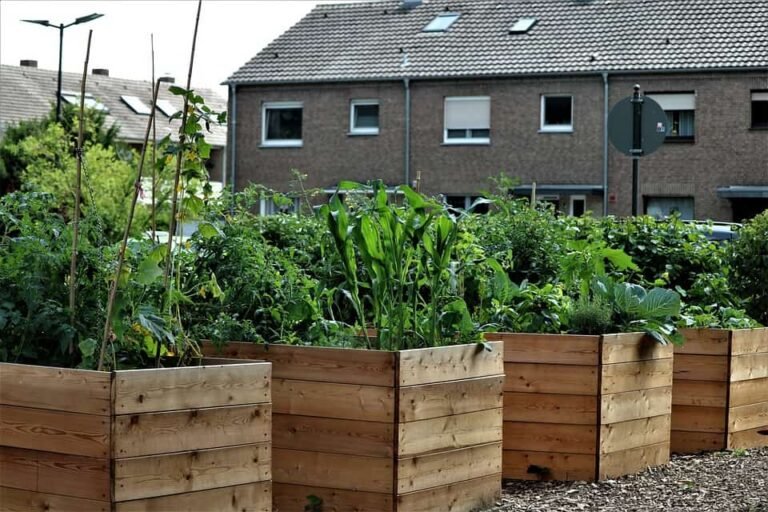Tomato Companion Planting [The Best and the Worst Plants for Tomatoes]

If you are thinking of growing more than one plant in your tomato farm, then this article contains some of the best companion plants you can select from.
Whether you are growing tomatoes for commercial or indoor purpose, to ensure a productive farm yield, this article has all you need.
Among many other things, it covers how effective tomato companion planting is, its benefits, what to avoid as well as what to plant alongside your tomato.
To ensure you maximize your yield and minimize losses, there are factors to consider as you will learn in this article.
If you are a beginner, then ensure to study our tomato farming guide, to help you on how to grow tomato step by step.
Alright, let’s go through this mind-blowing piece on tomato companion planting.
What is companion planting?

The agricultural term ‘‘Companion Planting’’ is a type of cropping system where plants are grown together for the purpose of improving their growth.
This practice is highly beneficial to farmers as these crops, when planted together, help each other to increase their productivity and yield level, protect attacks from pests and improve their flavours.
Is companion planting effective?
Experts believe that plants grow better when you plant them with other crops that have beneficial attributes.
A very common example of the effectiveness of companion planting is the ‘‘Three Sisters’’.
This involves the planting of Corn, Beans and Squash together, as carried out by the Traditional Native Americans.
The Corn stalk provides support for the Beans to climb, while the Beans provides Nitrogen to the Corn, and the Squash maintains moisture by shading the soil and prevents weeds from growing.
According to horticulturists at the University of Nevada, the “sisters” yield more produce with higher levels of nutrients when planted together than when planted separately.
How do I control pests in my tomato farm with companion planting?
From the definition of companion planting, the question of “How do I control pests with companion planting?” may come to mind.
There are basically two ways to do this without the use of pesticides. They are:
1. Planting ‘good insects’ attractants
There are certain insects that are good for the healthy growth of plants.
For instance, insects like bees help to pollinate plants for food production.
In order to attract such insects, you need to plant such crops that have the flower and scent that the insects love.
Some plants also attract insects that feed on pests that cause damage to other plants.
These plants are known as beneficial attractants.
2. Planting pest repellents
The scent of certain plants drives off harmful pests. Some plant’s scent also kills off some harmful pests.
These plants are known as natural repellents.
What are the factors to consider when carrying out companion planting?
In growing plants close to each other, there are several factors to consider. These factors will determine the success or failure of your farm. They include, but are not limited to;
1. Efficient spacing
Though companion planting helps to conserve space, the spacing of your plants is of major importance, as some plants may be invasive to the others.
You will need to know the space they will be able to occupy to avoid overcrowding, which will lead to competition for nutrients and less passage of sunlight.
2. Pest and disease control:
The scent of plants attracts and deters pests to and from them.
But when planted together, plants that are prone to attract the same pests/diseases can cause unsympathetic damages, thereby destroying your farm.
Avoid making companion those whose scent can negatively affect the flavour of the other plants.
3. Nutrient composition
Your farm will need to be comprised of plants that are good companions nutritionally.
This means that they need to be compatible enough not to compete for same/similar nutrient excessively.
When the nutrients are competed for, proper growth will be impossible.
4. Protection and support to other companion plants
It is best when plants that can help others grow better, by granting support for climbing, aiding healthy growth by trapping and providing the right nutrients to the soil, and coverage from pests and excessive sunlight, are made companions.
5. Weed control
There are plants that can act as weed if not properly controlled.
In seeking for companions, grow more of plants that will act more as good companions rather than as weed on the long run.
6. Soil protection
In as much as you are interested in the best companion for your farm, also give priority to the effect these plants will have on the soil.
Go for plants that will prevent water loss by giving shade to the soil, and will help improve the soil composition.
Period of growth of tomato companion plants
The growth period for some companion plants may be faster while others may have slow growth.
In some cases, you will even harvest the companion crop before your tomato matures, while the maturity date for others may be later.
For this reason, you need to know the growth period of the companion plants and then plant them at the appropriate time.
Be careful with those that can grow faster than your tomato, as they can consume the resources which your tomatoes need to grow properly.
What are the top 10 tomato companion plants you can grow?

To have a highly productive tomato farm, you may need a tomato farming guide to help make your job easy.
One of the basic necessities of tomato farming is having a disease and pest prevention measure.
In order to achieve that, you may need to plant crops that are mutually beneficial to each other.
This is in fact a stress-free pest prevention and control measure you need to cultivate a healthy tomato farm.
In explaining the different plants that are favourable to tomato, these plants will be grouped according to classification.
List of vegetables and fruits that you can grow with tomato plants
1. Asparagus
This helps to fight against one pest that is attracted to tomatoes; the root-knot nematodes.
2. Carrot
The good relationship that exists between carrots and tomatoes cannot be overemphasized.
This fruit helps loosen the soil and makes the tomato a lot tastier then you can imagine.
The carrot in turn may not grow as large as expected when planted very close to the tomato, but it has a high tendency of having a good taste.
To avoid having stunted and small sized tomato, ensure to plant them some distance apart.
3. Squash
This is also another amazing companion plant that you can grow with your tomato plants. Squash is a low growing plant that covers the ground to keep it moist to preserve the soil from water loss and other negative effects. Tomato stem protects it from excessive sunlight.
4. Alliums family (Garlic, Chives, Onions)
Plants belonging to the Alliums family can serve as a good companion for virtually all plants.
Preferably, plant one garlic clove around a tomato; it helps to fight against red spider mites, and control late blight and other pests.
Chives can grow for a very long time without causing havoc or becoming a weed in your tomato farm.
They all improve the flavour as well as the healthy state of the tomato and chase certain harmful pests away.
5. Lettuce and some leafy greens
Lettuce has the attribute of keeping the soil moist and cool and minimizes the rate at which diseases extend on the leaves from splashes of water and soil.
Some leafy greens that are low can be planted early in the season as good coverings to the soil to retain moisture and reduce the growth of weeds.
They also benefit from the shade of tall tomato plants on sunny days.
Herbs that you can grow together with your tomato plants
6. Basil
This plant improves tomato growth and flavour, as well as repels insects like mosquitoes and flies.
In addition, it attracts bees that enable pollination.
When planting basils as a companion plant for tomatoes, always plant three basil plants alongside one stem of the tomato.
If you want to mix other crops as well, then it is best to mix it with anise or chamomile but never with sage or rue and rosemary.
7. Parsley
Because parsley dislikes heat, it benefits from the shade the tomato stem gives to it. In turn, it improves the flavour as well as the healthy state of the tomato.
Flowers to grow alongside your tomato
8. Borage
This herb grows annually and its scent keeps away tomato hornworms and also develop the flavour and growth of the tomato, making it tastier and healthier.
It also helps in improving soil composition thereby promoting soil fertility, and boosts the fighting ability of tomato and all plants around it against pests and diseases.
Its bright blue flowers attract all kinds of pollinators.
9. Marigolds
With Marigold planted side-by-side your tomato, you can comfortably expect a plenteous harvest.
It fights against pests and helps reduce the root-knot nematodes in the soil by producing alpha-terthienyl.
Aside pests, it is said to also chase away large animals like rabbits. It also improves the flavour of tomato.
It is best planted when approaching the end of tomato season to keep the nematodes away.
You can happily plant them as companions because they can survive in a similar environment.
10. Nasturtiums
This chases Aphids away and is not likely to compete for nutrients with your plant. It also has a tendency of growing on its own annually.
Some tomato companion plants and the pests, diseases and insects they control
| 1 | Nasturtium | Aphids, white flies, squash bugs |
| 2 | Mint | Fungal disease, Flea, beetle, aphids, flea, rodents, ants |
| 3 | Basil | Flies, mosquitoes, spider mites, aphids, Tomato hornworms. |
| 4 | Garlic | Spider mites, Snails, Carrot flies, codling moths |
| 5 | Marigold | Asparagus beetle, Nematodes, slugs, tomato hornworms, whiteflies, thrip, aphids, flea beetles |
| 6 | Borage | Tomato Hornworms |
| 7 | Asparagus | Nematodes |
| 8 | Chives | Aphids |
List of tomato companion plants and the beneficial insects they attract
| 1 | Parsley | The Hoverflies it attract feed on tomato pests |
| 2 | Borage | It Attracts bees and wasps that aids pollination. |
| 3 | Basil | It Attracts bees that aid pollination. |
What are the plants that tomatoes can help as a repellant?
- Asparagus: The Asparagus beetle which is one of the major pests of Asparagus can be repelled by tomato.
- Gooseberries: Tomato’s scent can help keep away the pest that affects gooseberries.
- Roses: The fungal disease known as black spot affects the leaves of roses and turns them yellow, making it to whither and weaken the rose plant.
Tomato can help protect them from these deadly black spots.
They can either be planted alongside roses or their leaves can be diluted with water and mixed with cornstarch and used as a spray around the roses.
What are the plants to avoid planting alongside tomatoes?
While there are plants that favours the growth of tomatoes, there are some you should never plant on the same farm.
That’s because these plants may have an adverse effect on the growth of your tomatoes.
As a result, you need to avoid planting these crops as companion plants for your tomatoes.
Having said that, here are some of the plants you should avoid planting alongside tomatoes.
1. Fennel
Other plants are grown around tomato to help its growth, but fennel, when planted with tomato hinders its growth; stunted growth and smaller sized fruits.
Fennels are best planted alone and not as companion plants except for dills.
2. Corn
Both corn and tomato are natural attractants of corn earworm also called tomato fruitworm.
Planting them together may cause severe damage, not just to both plants, but to the farm in entirety.
3. Brassica family
This includes Cabbage, Brussels sprout, Kale, Broccoli, Turnip, Collards, Cauliflower, Kohlrabi and all others. They stunt tomato growth.
4. Nightshade family
All plants belonging to the nightshade family like the eggplant, potato, pepper, etc are easily prone to contacting early and late blight.
This can cause the death of plant tissues, which can further lead to withering of plant leaves.
This disease can be shared to the tomato, and in time to come, can build up in the soil and extend to the whole farm when planted together.
5. Walnut
The allelopathic chemicals (juglone) the walnut tree produces can stunt the growth of tomato when planted under or close to the tree.
The walnut wilt can also make tomatoes wilt.
What plants are both beneficial and harmful to tomatoes?
While there plants that you should totally avoid planting with tomatoes, some are both beneficial and harmful at the same time.
Some of these plants include;
1. Dill
This has both negative and positive effects on the tomato plant.
It helps to improve the entire health and growth process, only when it is young.
At matured age, it stunts tomato growth.
It is best to plant dill some distance away and harvest it before it gets big and mature.
It also attracts tomato hornworms, but fights against spider mites, aphids and squash bugs.
But generally, Planting both plants together can hinder their growth.
2. Pepper
Both tomatoes and peppers can be good companions because they improve their flavours.
It is believed that both plants breeds disease like blight which can easily spread if planted together.
3. Mint
Mint is one of the most menacing herbs that affects the growth of tomatoes.
Usually, it is best for you to plant mints in a container and keep some distance away from your tomato to prevent it from spreading.
Yet, it improves the flavour as well as the healthy state of the tomato, as well as protects it from pests dangerous to its wellbeing.
But in the end, it still affects the tomato plants negatively.
What are the benefits of growing tomato companion plants on your farm?
So, why is companion planting important?
Is it really necessary to grow tomato companion plants?
Well, aside from the beneficial relationship plants have, there are several other benefits this practice has on your tomato farm.
Some of the benefits of tomato companion planting include:
1. Erosion prevention
The growing of several plants like Squash does not only protect the soil from excessive sunlight but also keeps the soil moist; preventing water loss and erosion.
2. Prevention of weed growth
The covering plants like squash gives to the soil also prevent competition between weeds and your plants on the farm.
3. Saves time and farm space
This practice is excellent for making the most use of your farm and increasing of planting yield.
This is important, especially if you are seeking for a way to harvest much and healthy tomato alongside other plants,
4. Pest and disease repellent
Some pests and diseases may attack and destroy your plants in a little space of time.
To avoid this experience, engage in the companion planting practice.
Some plants attract certain insects that helps destroy certain pests and diseases by feeding on them, while some like marigold and onion naturally act as pesticide or distracters.
5. Natural Attractants
These plants do not only prevent the penetration of pests and diseases but also attracts beneficial insects like bees that aid the pollination and reproduction of plants.
6. No need for trellises
The planting of pole plants alongside climbing plants will give you no reason to worry about building a trellis for your farm.
7. Saves cost and resources
Companion planting will be saving you the purchase and preparation of separate farmland for the planting of these crops separately.
8. Plant aid
This practice is built on the concept of “plant, helping plant”.
Certain plants obtain needed mineral or nutrients from the air or deep soil and use them to improve their neighbouring plants.
Also, the components of certain plants help improve the flavour and general health condition of your tomato.
Healthy weeds to grow as tomato companion plants
Though you may regard weeds to be unwanted plants in your farm, however, there are some that may support the growth of your tomatoes.
Some of the helpful weeds that you can grow as tomato companion plants include;
- Dandelions: The yellow flowers of this weed attract beneficial insects to the farm. They aid fast ripening of plants by releasing ethylene gas.
- Yarrow: Its leaves can be used as mulch and to enrich your compost thereby improving soil quality. It attracts insects that feed on aphids.
- Chickweed: It is a ground covering weed that when planted around the base of tomato, can help to keep the soil moist. It helps reduce the rate of weed growth.
- Stinging nettles: It is beneficial attractant and repellent to aphids, with its roots having antifungal attribute.
- Purslane: This can be planted around your tomato for ground coverage and useful in areas where water cannot be easily gotten.
Summary
Planting more than one plant on a farm as companions can save you a lot of space and resources.
Don’t be focused on saving space alone, be mindful of other factors that will ensure safety in your tomato companion farm.
Though this practice is cost-effective, if wrongly done, may lead to a loss in both yield and finance.
With this article, you can save yourself a lot of mistakes that may get you discouraged on engaging in this practice.
References:
- How Do You Get Rid of Worms in Chickens?
- How to Make Fodder for Chickens [Reduce Feed Cost]
- List of Chicken Predators and How to Get Them Out of Your Chicken Coop.
- Chick Heating: How to Keep Baby Chicks Warm All Day
- How to Hatch Chicken Eggs Step by Step
- Marek’s Disease; Causes, Symptoms, Treatment and Prevention Tips
- How To Care For Day-Old Chicks
- How Do Chickens Mate? A Detailed Explanation
- What is Bumblefoot in Chickens and How Do You Treat Them?




![Okra Companion Planting [The best and the worst plants to grow with okra]](https://agro4africa.com/wp-content/uploads/2021/03/what-crops-can-I-grow-together-with-my-okra-plants.jpg)

well done, a great deal of information from one article. im in New YORK, USA BUT I ENJOYED THE INFORMATION. Again, well done.
Thanks for this wonderful feedback. I’m glad you enjoyed the information shared here.